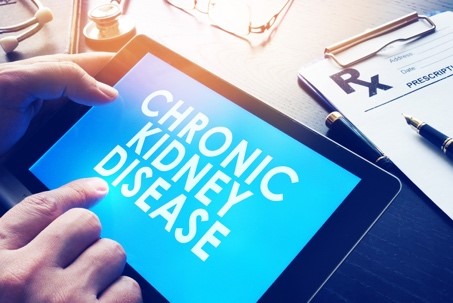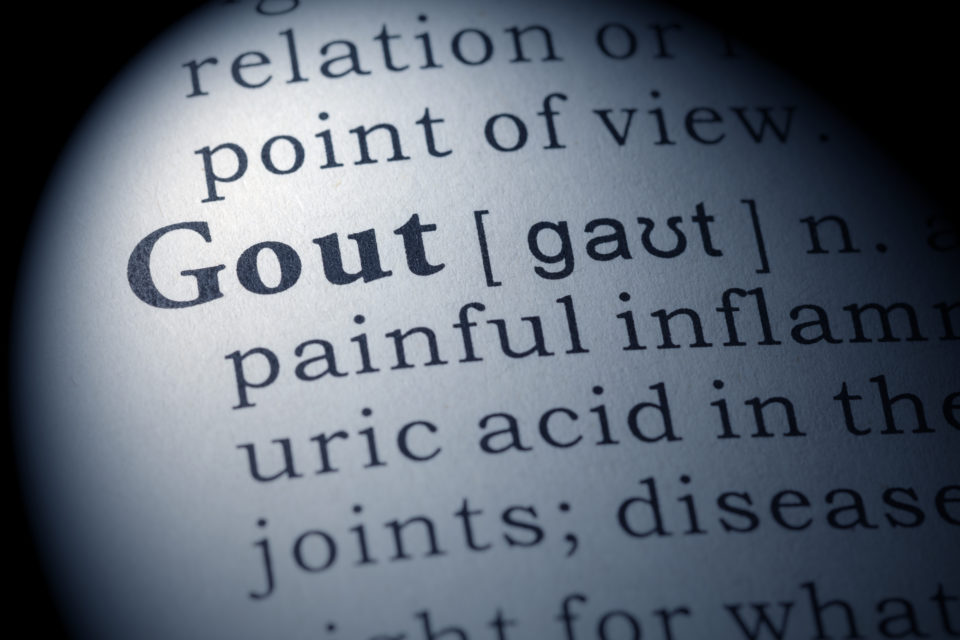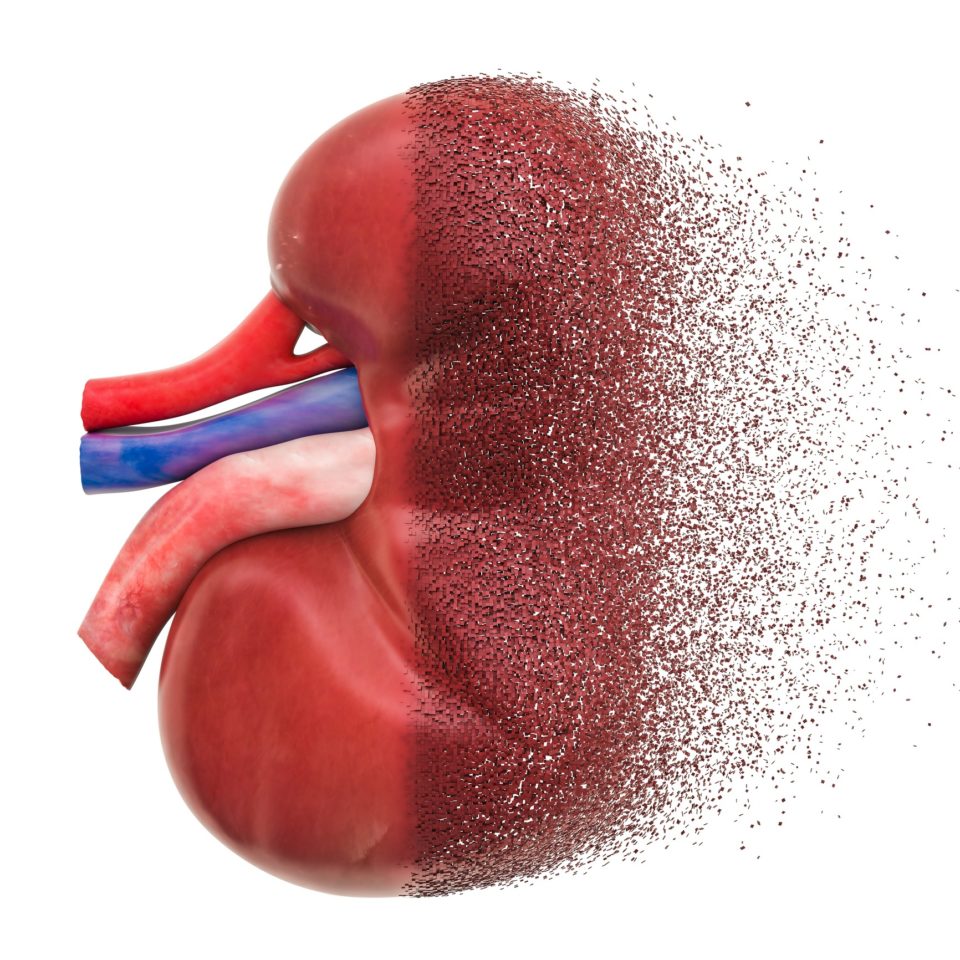
In studies evaluating electrolyte abnormalities in patients following solid organ transplant, a significant number of patients are described as developing hyperkalemia. Hyperkalemia after solid organ transplant has been attributed to the use of certain prophylactic antibiotics such as trimethoprim-sulfamethoxazole, as well as antirejection medications, particularly calcineurin inhibitors.
Isaac Pak, DO, and colleagues conducted a study designed to examine differences in the incidence of hyperkalemia in different solid organ transplants with an eye toward discerning the underlying cause of hyperkalemia (whether from medication or from dysfunction of the underlying organ). Results of the retrospective analysis were reported during a poster session at NKF SCM22 in a poster titled Hyperkalemia in Solid Organ Transplantation.
The analysis included all solid organ transplants performed at Westchester Medical Center, Valhalla, New York, from 2018 to 2021. Hyperkalemia was defined as potassium >5.0 mEq/L; severe hyperkalemia was defined as potassium ≥5.5 mEq/L. Potassium was measured at transplant, and at 1-month, 3-months, and 1-year post transplant. Fifty-five kidney transplants, 74 liver transplants, and 70 heart transplants were reviewed.
The risk of hyperkalemia was relatively low at any time in all transplant recipients. During the 1-year follow-up, 12% (24/199) of patients had documented potassium >5 mEq/L at any time. Kidney transplant recipients had the highest incidence of hyperkalemia >5.0 mEq/L at 1-month post-transplant (18.2%); the greatest risk of severe potassium was seen on the day of transplant in the kidney transplant recipients (7.27%).
The risk of hyperkalemia in other solid organ transplant recipients was significantly lower than in kidney transplant recipients, particularly within 1 month of transplant. The incidence of severe hyperkalemia was very low (<5%) in all heart and liver transplant recipients.
In conclusion, the authors said, “These data suggest that the risk of hyperkalemia in solid organ transplant recipients may be multifactorial and that kidney transplant recipients may be at highest risk of hyperkalemia, especially within 1 month of transplant. The relatively high incidence of hyperkalemia seen within 1 month of kidney transplant that eventually decreases to levels closer to other organ transplants at 3 months and 1 year suggests underlying renal dysfunction is the cause of hyperkalemia within this timeframe, rather than commonly used post-transplant medications. It also suggests that in the long term, medications may contribute to increased risk of hyperkalemia >5.0 mEq/L.”
Source: Pak I, Fullmer J, Kore S, Chugh S. Hyperkalemia in solid organ transplant. Abstract of a poster (Poster #414) presented at the National Kidney Foundation 2022 Spring Clinical Meetings, Boston, Massachusetts, April 6-10, 2022.






 © 2025 Mashup Media, LLC, a Formedics Property. All Rights Reserved.
© 2025 Mashup Media, LLC, a Formedics Property. All Rights Reserved.